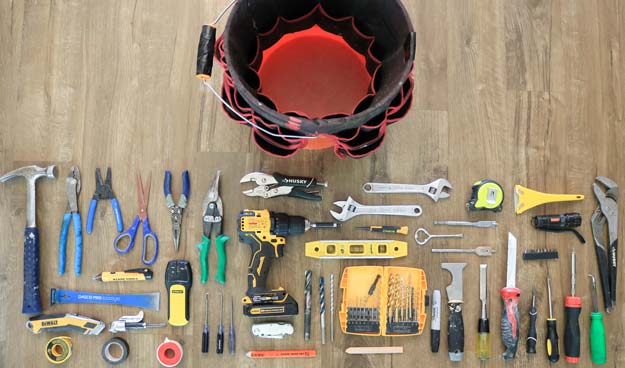Luggage is a big deal in the travel industry, and there’s a lot of competition. It’s not just about price; brands are battling it out for features and style. This old-school industry has seen a lot of changes. It used to be all about carrying and protecting stuff, but now there are all kinds of cool features. It’s easy to get overwhelmed.
There are mainly four business models in the luggage industry: wholesale, retail, dropshipping, and customization. Let’s break down the pros and cons of each so you can decide which one is right for you.
Luggage Wholesale
Luggage wholesalers stock up on a bunch of different styles to satisfy their customers’ needs. The good thing about this is that you can meet customers’ picky demands. Plus, you can usually sell more at once compared to retail, but it’s not as much as custom orders.
The downside is that you’re taking a risk by holding onto so much inventory. It can be expensive, and you might not make as much profit. Also, it’s hard to predict what people will want.
Offline Vs. Online Store
Imagine opening a luggage wholesale store in a city with 3 million people. To serve customers within a 62-mile radius, you’d likely need to stock 2,000 to 5,000 sets of luggage in at least 15 different styles.
Let’s say the cheapest three-piece set costs $45. You’d need at least $100,000 to get started. If you have the right styles and prices for the local market, it could take 15 to 30 days to sell all that inventory. But that’s in a perfect world. In reality, it might take 45 to 60 days, especially when you’re first starting.
Online stores like Amazon and Shopify rarely do well with wholesale. Most successful online luggage businesses are focused on retail or custom orders. Returns and refunds can be a big problem for wholesale businesses, especially when they’re already making thin margins.
Luggage Dropshipping
Dropshipping is when you partner with a supplier to sell their products without having to stock them yourself. This way, you don’t have to worry about overstocking. You can also let the supplier handle shipping and customer service.
The good thing about dropshipping is that you don’t need a lot of money to start. You can be flexible and offer a wide variety of styles. You can find products that match your audience or fans, which shows how good you are at picking products.
The bad thing is that shipping and customer service might not be as fast as you’d like. You also need to create a lot of content to attract the right people before you start promoting products.
You often see this business model on social media platforms like Facebook, Instagram, and TikTok, as well as personal websites. Affiliate marketing is not the same thing as dropshipping.
Organic Vs. Paid Ads
The biggest challenge with dropshipping is getting people to see your products. Influencers usually spend a lot of time making good content on social media to attract fans. They get to know what their fans like and what they’re willing to buy. But this takes a long time. It might not be a problem for someone who just does it for fun, but for full-time influencers, it’s risky to rely solely on social media to sell stuff.
Imagine an influencer with 100,000 followers. They might be able to make one good piece of content a day, and that content can only promote one or a few luggage items. If the supplier doesn’t give them a big enough profit, they might not even make enough to cover the time and effort they put into making the content. Most influencers make money through affiliate marketing or brand sponsorships, so it takes a long time to build up a business using dropshipping on social media.
Another way to get people to see your products is through ads on Facebook or Google. But ads are expensive. Even if you’re selling luggage you made yourself, it’s usually a losing battle unless you’re already a well-known brand. Ads can bring in customers quickly, but only if you’ve already promoted your brand on other platforms and talked to a lot of potential customers. So, dropshipping isn’t a good way to promote a brand. That’s why it’s hard to make money dropshipping luggage using ads.
Luggage Retail
Most merchants in the luggage industry use the retail model. This is the most common model, and many successful people use it, including influencers, content creators, and small business owners. It’s the most popular model, but it also gets a lot of criticism.
The problem is that many successful people who use this model might not represent everyone. It’s still the most common model, both online and offline, but the profits vary a lot. Some brands, like Rimowa or Tumi, can make a huge profit, but most brands make less than 25%. If they don’t keep up with the latest trends, they might get pushed out of the market.
Retailing is great for merchants who can design new products and have a lot of money. But for most merchants, it’s their only option, especially now with all the price competition.
Luggage Customization or OEM
Customization and OEM are popular ways for factories and non-spot traders to do business. They came about because people wanted special, unique luggage. This model lets you make personalized and private-label luggage. It’s great because you don’t need a lot of money to start, you mostly deal with big customers, and you have more ways to find customers than if you just sold in stores. But it takes longer to get new customers compared to other ways of selling. Once you have a customer, they usually stick around, and it’s easy to build long-term relationships.
B2B Platform Vs. Exhibition
The usual ways to find customers for custom-made luggage are online marketplaces like Alibaba and offline trade shows. If you’re new to this business, online marketplaces are a great starting point. They’re easier to get into and require less language skills or negotiation experience. Unlike trade shows where you have to meet people face-to-face, online marketplaces are more convenient and don’t cost as much. This makes them perfect for beginners or small businesses.






